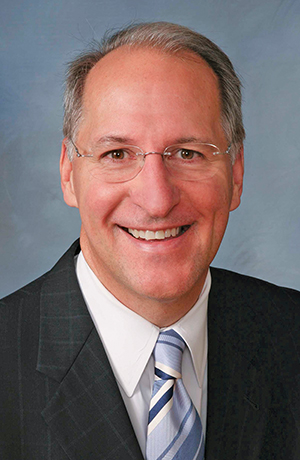Anchored by a workforce considered one of the best-educated in the country, Minnesota has given birth to numerous local businesses that have grown to crack the Fortune 500. General Mills, 3M, Target, Cargill, Medtronic, Hormel and CHS all are global brands made in Minnesota.
“We’re really proud of that ability to start and grow businesses here in Minnesota,” says Doug Loon, president of the Minnesota Chamber of Commerce. “That’s been the sustaining reality of our economy.”
For the fourth year running, the Minnesota Chamber recently released its “Minnesota Business Benchmarks” report, a comparative overview of the state’s business climate based on metrics such as overall health of the economy, taxes, innovation, infrastructure, workforce and cost of doing business.
Among the key findings for 2019:
- Innovation remains a strength of Minnesota’s homegrown economy, ranked fourth in the nation for patents per capita;
- Minnesota has witnessed a slight improvement in tax rankings, but still ranks among the five highest-taxed states for both corporate and individual taxes;
- The state faces a labor shortage expected to hit 239,000 by 2022.
- Minnesota’s economy is growing, but at a slower pace compared with many other states.
According to the Benchmarks report, Minnesota’s 1.9 percent GDP growth in 2017 trailed the national average of 2.1 percent, placing it 23rd among the states for economic growth. Lagging industries included mining, quarrying, natural gas extraction and information services. Others — including education, wholesale trade, health care and social services — saw larger-than-average gains.
“Our economy is not growing as fast as some other states, but we have steady growth,” says Loon. “If we could bring more regulatory certainty to the state and a little more competitive tax structure with solid capital investment from the private sector, we have a very bright future. But what we’re suggesting to policy makers is that we need more robust growth.”
On January 7, former U.S. Rep. Tim Walz was sworn in as Minnesota’s 41st governor, succeeding fellow Democrat Mark Dayton. Dayton, in 2017, delivered $650 million in personal and corporate tax relief, including business-backed measures that cut corporate property taxes, reduced the estate tax and boosted credits for research and development. Dayton twice vetoed bills supported by the Chamber that would have brought state taxes into conformity with the federal code.
Walz, for his part, has touted the idea of a 25-cent-per-gallon gasoline tax to pay for infrastructure and transportation improvements. Republicans, who control the state Senate, deride the proposal as anti-competitive. Even so, Loon describes Walz as a pragmatist, and says he expects good things from the new governor.

“… We need more robust growth.”
“He understands the connection between successful communities, a successful state economy and having a vibrant private sector that is the economic engine of the state.
“At the same time,” Loon says, “we’ve got to have a reliable regulatory environment that is consistent and works at the speed of commerce. That’s a goal. Will we ever get there? I don’t know. We want the process of regulatory review and permitting to run smoothly and efficiently, and I believe Governor Walz wants to pursue the same goal.”

